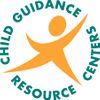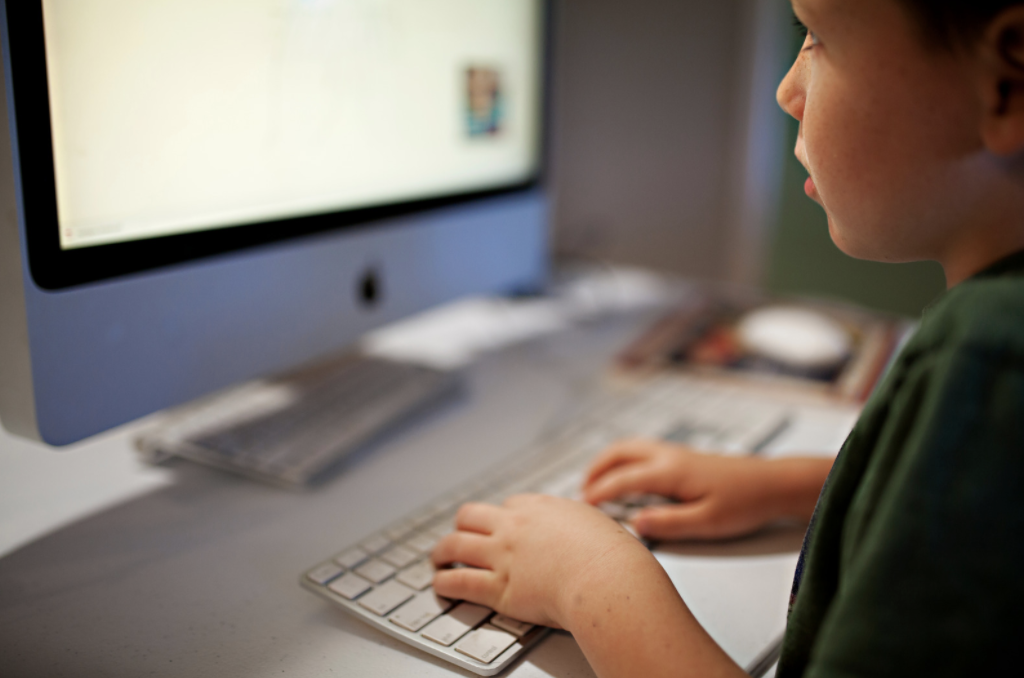By Lisa Schneller, Director of ATOD Prevention, Delaware County
Over the past several weeks, parents and children have been asked to live together under one roof, day in and day out. We have had to find a way to meet the daily goals of work, school, play and maintaining a household. With all the stress and change, we are seeking comfort and support in different ways. Adults may tap into their friend and family networks for support and kids often turn to what they know best: play. Phones, computers, and video games provide an outlet to pass the time while also allowing children and adolescents to keep in contact with friends outside of their homes. This can be a positive way for young people to stay connected and feel a sense of normalcy.
It can also open up the door for children to become targeted by their peers through cyberbullying, which often takes place when a child is alone and spending time in front of a screen. According to the 2017 PAYS (PA Youth Survey) 24.7% of students in Delaware County indicated experiencing bullying in the past 12 months.
So what is cyberbullying? It is a form of bullying that happens when children are interacting using their screens, cell phones, computers, tablets and video games. As technology has developed, and communication platforms have expanded, the ways a child can be cyber bullied have as well. Bullying can occur through text messages, social media posts, and comments when gaming. When peers post hurtful or embarrassing statements or rumors about someone online, it is considered cyberbullying.
It may seem that cyberbullying and substance use are not interconnected, however, there is a correlation between the two. Both are often the result of a common risk factor, peer pressure. According to research by Partnership for Drug Free Kids, students who bully their classmates are more likely to use cigarettes, alcohol and marijuana, compared with their peers who aren’t bullies. They also found that middle school students are more likely to bully than high school students.
Victims of bullying are also more likely to engage in substance use. They often isolate and have few positive peer relationships and may end up using substances as a way to cope with their feelings of shame. This may result in children keeping their experience a secret from their parents. They may hope it will pass or that it will stop on its own. Their secret can lead to concerning and serious outcomes, affecting mood and self esteem. Online bullying is especially challenging because the victim may not have an immediate way to respond, and the opportunity for peers and adults to intervene cannot take place until they are aware of the situation. It can feel very out of control for children and the adults who love them. But, there’s good news. Parental support is seen as an integral part to less children choosing to use substances for those who are bullied. In research shared by Partnership for Drug Free Kids, “they found teens who were severely bullied and who had strong support from their mothers and family cohesion—such as family members asking each other for help and spending free time together—were less likely to drink than bullied teens without strong maternal support and tight family bonds.” You can support your children by starting conversations, sharing safe online practices, and monitoring their screens to keep their technology world safe.
Warning Signs a Child is Being Cyberbullied
Many of the warning signs that cyberbullying is occurring happen around a child’s use of their device. Some of the warning signs that a child may be involved in cyberbullying are:
- Noticeable increases or decreases in device use, including texting.
- A child exhibits emotional responses (laughter, anger, upset) to what is happening on their device.
- A child hides their screen or device when others are near, and avoids discussion about what they are doing on their device.
- Social media accounts are shut down or new ones appear.
- A child starts to avoid social situations, even those that were enjoyed in the past.
- A child becomes withdrawn or depressed, or loses interest in people and activities.
How can I help my child?
- Be kind and gentle when seeking information. Find a time when you can find out what is going on, who is involved (if known), and how it’s happening (is it just on Instagram or Twitch? Is it across platforms?). Ask your child to share messages and save these, in case documentation might be needed later.
- Express gratitude that your child came to you for help, or, shared about what is happening. This is a vulnerable thing and they may be scared of what happens next! Let them know you are there for them, love them, and that they did the right thing.
- Acknowledge your child’s feelings. Let them know it’s not okay, and that you will help them figure out how to solve this problem. Your child may express all kinds of different feelings, ranging from sadness, anger, embarrassment, betrayal, frustration, fear, and relief.
- Make a plan together. Help your child create safe boundaries and systems when engaging in technology. Create a safety plan! What will she do if these comments keep happening? Will she tell an adult? Walk away? Report them? Having a plan is powerful.
- If you can identify the bully, consider talking with the parents. If you think you can have a productive conversation that will not result in conflict, this can be a good plan. If not, this may worsen the bullying experience for your child.
- Contact your child’s school. Even when we are physically distanced and school is not in session, it is important for the school to know what your child is experiencing so they can support them. If bullying is happening online, it might be happening in person.
- Empower your child. Plan a family game night, make a fort together, have a movie night and put your phones away. Learn a Tik Tok dance just for fun. Read a book together. The more connected and secure a child feels, the stronger her emotional resiliency and the more likely she will be to share if things start happening online again.
Now, what should you do if your child IS the cyberbully?
It can be just as upsetting if you find out that your child is bullying someone else, and it’s equally as important to address it directly, with compassion, and to stop the behavior. If you notice warning signs that a child may be involved in cyberbullying, first, investigate the behavior and find out what’s going on. If you find your child IS cyberbullying, proactively address it:
- First, express support for the child being bullied. Develop and model empathy which is an important life skill.
- Circle in any adults who need to be aware of the situation, including other bullies and the child being targeted. Reach out to the parent(s) if you feel it will be productive. Cyberbullying often happens in groups, and including every participant is important.
- Address the bullying behavior of the participant, and show every child involved that cyberbullying is taken seriously and is not okay. Show that it’s not acceptable and discuss how hurtful their actions could be to the targeted child.
- Set appropriate consequences. Take away devices, limit access to specific technology, or set boundaries so your child can show they are ready to be responsible to be on these different platforms. Technology is a privilege.
If you are worried about your child at any point, reach out to a professional. Talk to your school, contact a mental health provider, and ask for support. Technology is a gift but also allows for new and complex communication and social interactions. We’re all learning along the way!
Resources:
Information on the relationship between substance use and bullying. Parental strategies. Information on risk and protective factors.
Information on warning signs and interventions.
Parenting suggestions; smartphone contract example; age by age guide to kids and smartphones, parental controls for the iPhone and Samsung, Smartphone alternatives, resilience in children, and top apps parents need to know about.
About the author: Lisa Schneller is the Director of ATOD Prevention at Child Guidance. She is a Licensed Clinical Social Worker and earned her Master’s degree in Social Work from Fordham University. Over the course of her career, Lisa has worked in foster care and school settings to provide individual, group and family counseling. Lisa has provided counseling to women in a substance abuse outpatient setting and worked closely with parents of teens struggling with addiction. She was recently named to the board of the Commonwealth Prevention Alliance (CPA) for a two year term. Currently, Lisa is also an outpatient clinician at Child Guidance and believes in helping to empower her clients using a client-centered approach.

